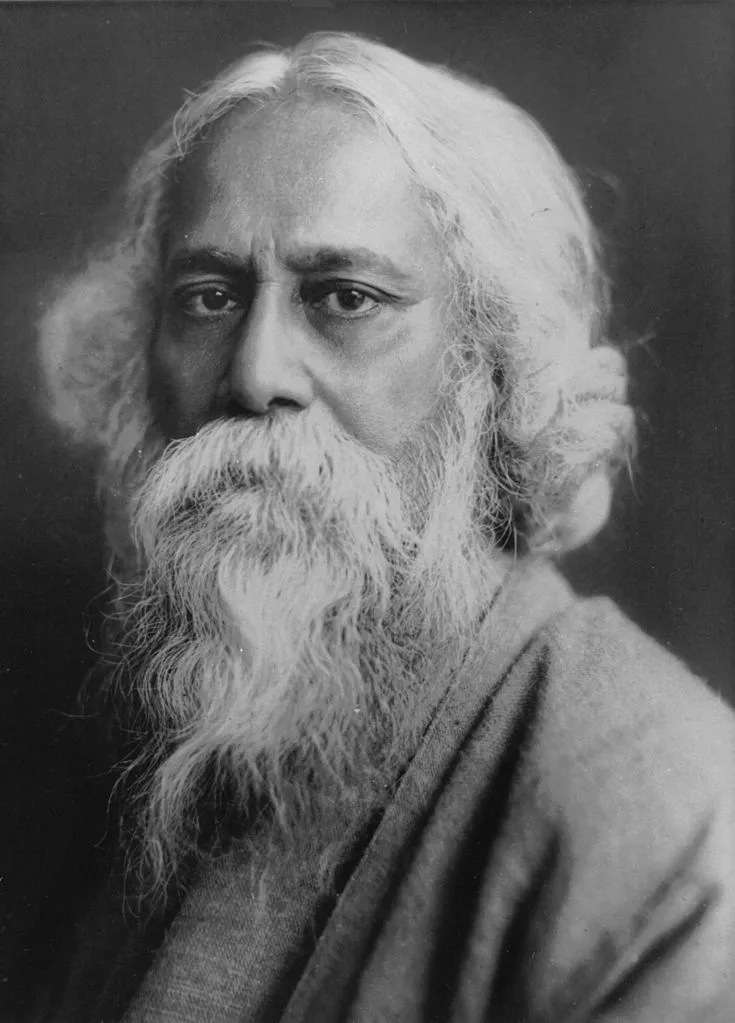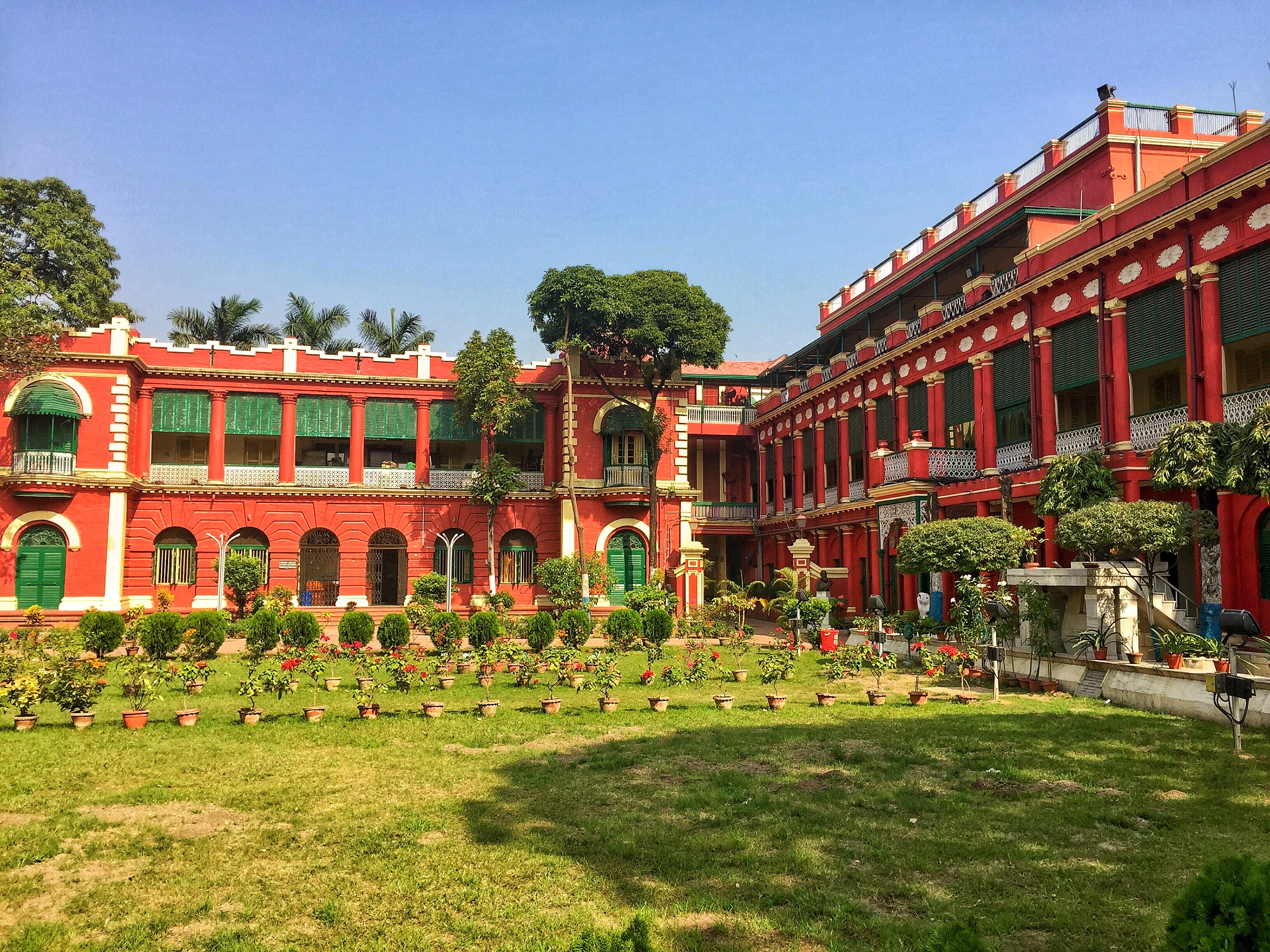A Tribute to Rabindranath Tagore
 |
| Rabindranath Tagore |
Ever since I read Sunil Gangopadhyay’s First Light (Prothom Alo), I was enamoured by the illustrious Tagore family. The familial interest in the dramatics, literature and artistic world, caught my eye. But the most inspiring aspect of the family are the women who broke the glass ceiling and paved the way for Independent thinking. The cultural and artistic renaissance that took place in Calcutta from the late 19th century spread all over the country. Eventually, every regional community started refining their language giving a rise to rich regional literature.
There were a lot of people involved in the Bengali Renaissance, but that is a post for another day. This blog is a tribute to the pioneer who started the artistic revolution, Rabindranath Tagore.
Initially, I started reading his short stories. I quickly moved on to his poems, novels and songs. The more I read, the more I felt connected to him. Although his texts are better to read and internalize in Bengali, for a non-native who wants to learn about Bangla culture, English translations give a bird’s eye view into the literary rich culture.
Some of Robi Babu’s works that touched my heart are:
1. Where the mind is without fear (Chitto Jetha Bhayshunyo):

My earliest exposure to Tagore’s works was in the form of this poem in my school.
Your perception will change with every subsequent recitation of this poem. At first, you would probably focus on the patriotic theme of the poem. It gives unparallel strength and confidence to the country folks to believe in themselves and the Independence struggle. Composed in 1900 and published in 1910 as poem 35 in Gitanjali, it was meant to awaken every Indian to fight for their right.
When you read it for the second time, you would realise that Rabindranath's words penetrate to a deeper individual level. Along similar lines to Ayn Rand’s, Fountainhead the poem beautifully elucidates a world where one’s individuality is appreciated.
The third reading would lead to understanding the spiritual essence of the poem. To forgo the bonds of the perishable world and unite with the ever-expanding consciousness, one has to have faith in the universe to traverse the spiritual path.
2. Gitanjali:
During the rough days of the Pandemic, I did a bit of soul searching and stumbled onto Gitanjali - Gurudev's masterpiece. Published in 1910, this small book of poems won the Nobel prize in Literature. Robi Thakur had expressed his relationship with the divine in the form of verses.
When I started reading it, I was transported into another dimension. Each verse is immensely spiritual and needs time and patience to understand. If you enjoy reading poems, I urge you to read this book and come up with your own interpretation.
3. My Boyhood days:
Who would have thought that at the age of 70, an author could narrate his childhood so vividly?
That is the literary prowess of Gurudev Rabindranath Tagore who takes us on a journey to relive his boyhood days. It is a nostalgic ride from the eyes of a dreamy 5 year old Robi. From sitting in his grandmother’s vintage palanquin to running around the unkempt dark rooms of Jorasanko, this book masterfully describes the Thakur Badi in its ageing condition. The wealth that the family had until the previous generation was quickly decreasing. Although young Robi grew up seeing the dire condition of the once affluent setup, the seed of storytelling was implanted in his formative years.

4. A wife’s letter (Strir Patra):
Among all of his short stories, this is my favourite. Written in a first-person format, the wife Mrinal pours her heart out to her husband and his family. The story is a mirror of the societal oppression of women. Rabindranath wrote this story in the early 20th century when the concept of feminism was very new to India. He emphasised on basic human dignity, respect, education and equality in decision-making for women of every family.
5. The Post Office:
Written in 1912, The Post Office brings to light, the very jittery theme of death. The plot focuses on the little boy Amal who is confined to his room due to an incurable disease. The way Robi Babu dealt with death and the subsequent grief touched my heart. By the end of the book, I had a stream of uncontrollable tears.
6. Ek La Chalo Re:
For those who are unfamiliar with Bengali culture, Rabindra Sangeet (Rabindranath Tagore’s songs and music) forms the rock-solid foundation of purity and essence of the Bangla ethos. Ek La Chalo Re is a very popular Rabindra Sangeet due to its profound lyrics.
The song delivers the message of being courageous and following your own path even though no one supports you. Though the darkness tries to deter you, it is imperative to glow the light within your heart and continue walking. The lyrics can be interpreted in multiple ways. You can take it as an individual's journey from the mortal world into the spiritual realm. Whenever I feel low, this song gives me the impetus to be resilient and strive for excellence.
Rabindranath had always tried to bring out the spiritual essence of the cycle of life and death through many of his works. Today, the 7th of August marks his 81st death anniversary. He might not be with us in form but he is always there in spirit.
On this note, I would like to conclude with the Rabindra Sangeet, Mamo Chitte, a celebration of death and liberation (sourced from geetabitan.com).
|
Original lyrics Mamo Chitte niti nritya ke je naache Taata thoi thoi,Taata thoi thoi,Taata thoi thoi, Taari sange ki mridange sada baaje Taata thoi thoi,Taata thoi thoi,Taata thoi thoi. Haasi kaanna hira panna dole bhaale, Knaape chhande bhaalomondo taale taale, Nache janmo naache mrityu paache paache, Taata thoi thoi,Taata thoi thoi,Taata thoi thoi. Ki anondo,Ki anondo,Ki anondo Dibaraatri naache mukti naache bandho Se taronge chhuti range paachhe paachhe Taata thoi thoi,Taata thoi thoi,Taata thoi thoi. |
English translation I wonder, who is that dances in my mind The eternal dance, rhythmically. I wonder, how well my soul and body respond To the meter of the “MRIDANGA” The eternal dance, rhythmically. Swings smile and tears upon the temple jewel-like Good and evil pulsate with the rhythm Keenly follow life and death, dancing along. The eternal dance, rhythmically. O, what a delight, what a delight, Confinement and liberation dance alongside day and
night, I follow the wave closely and enjoy running behind it The eternal dance, rhythmically. |


Comments
Post a Comment